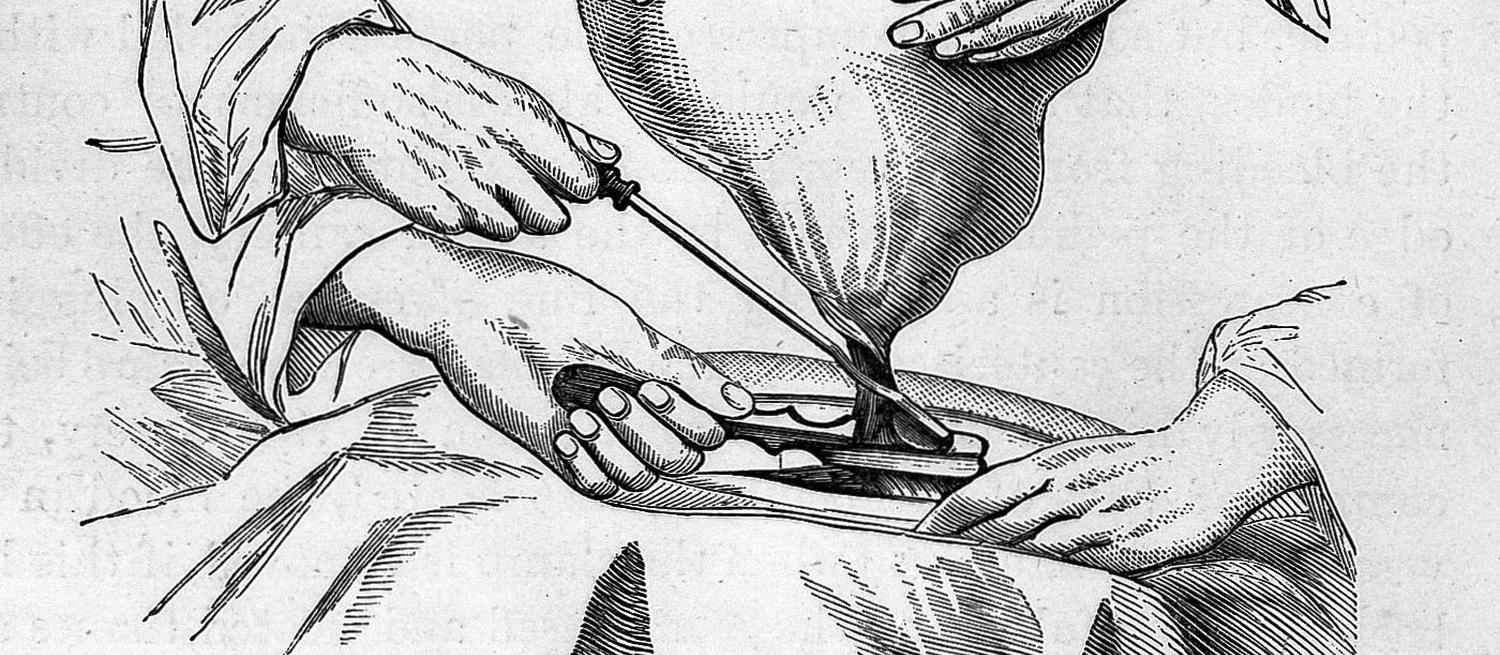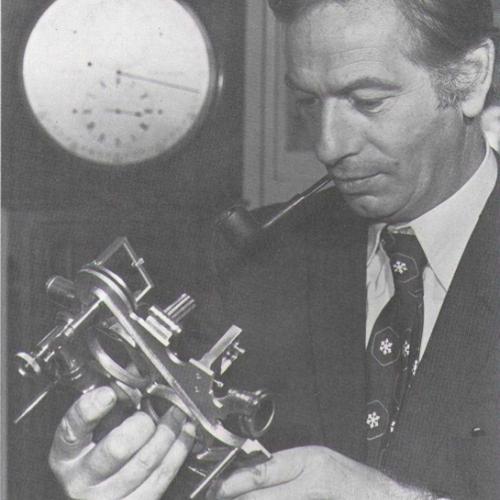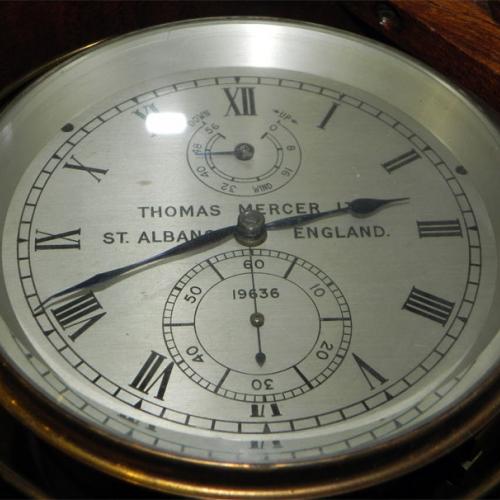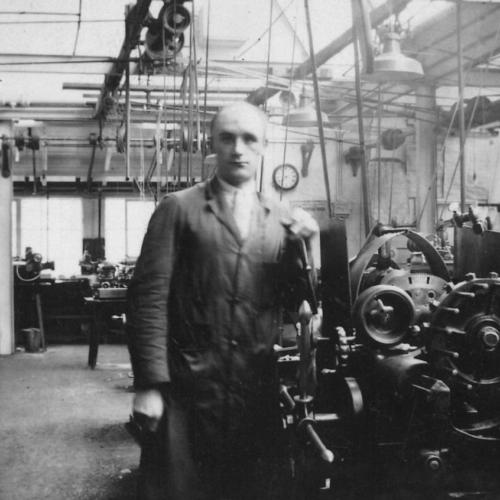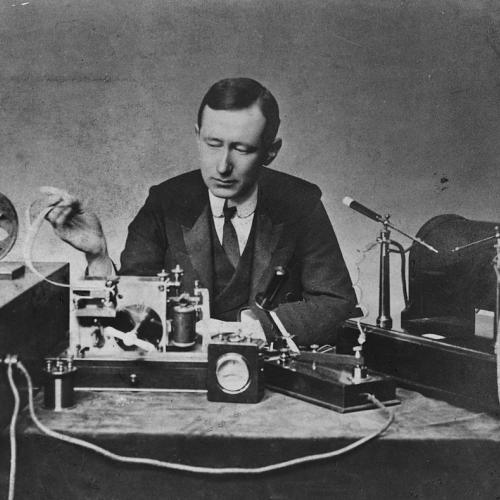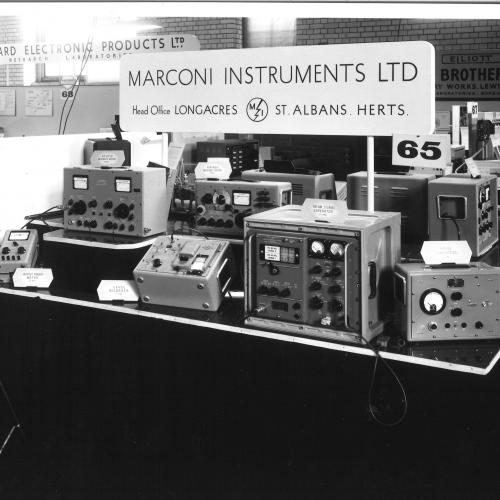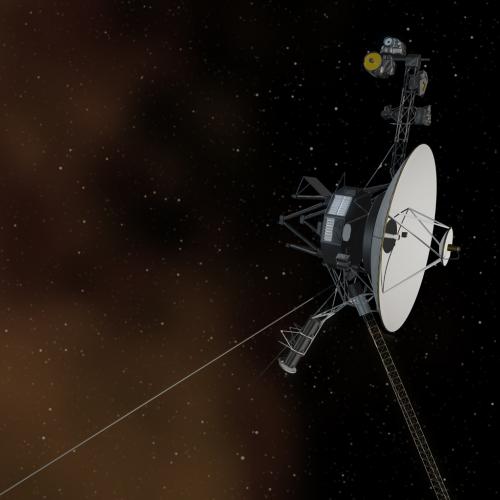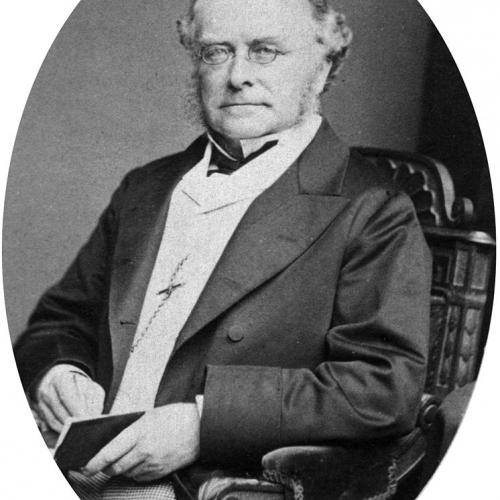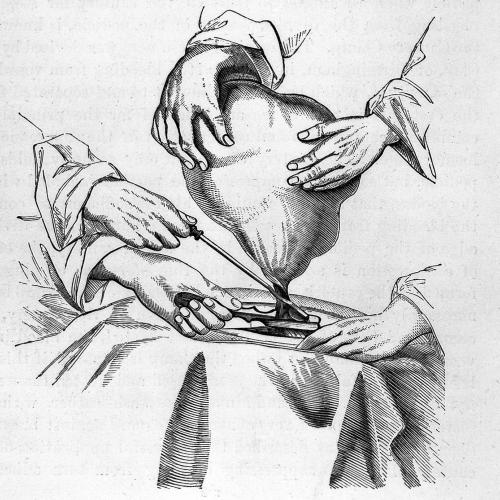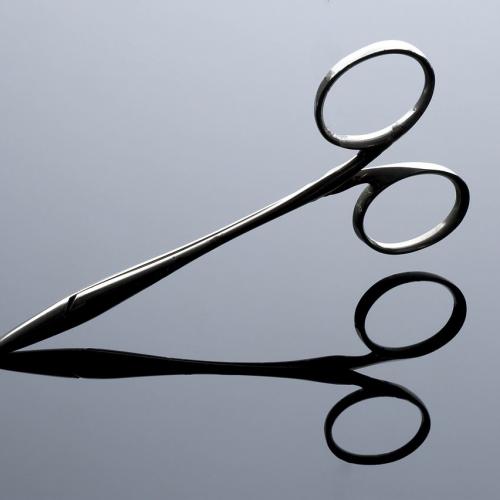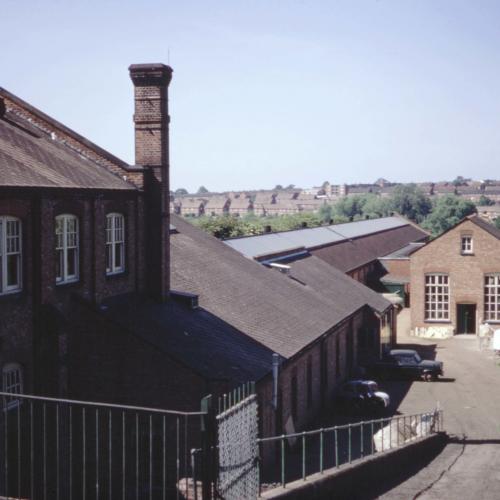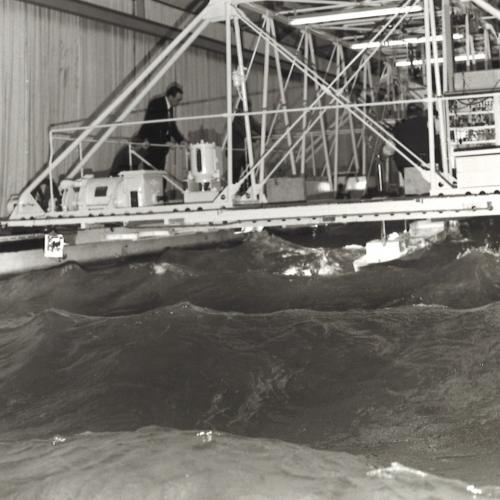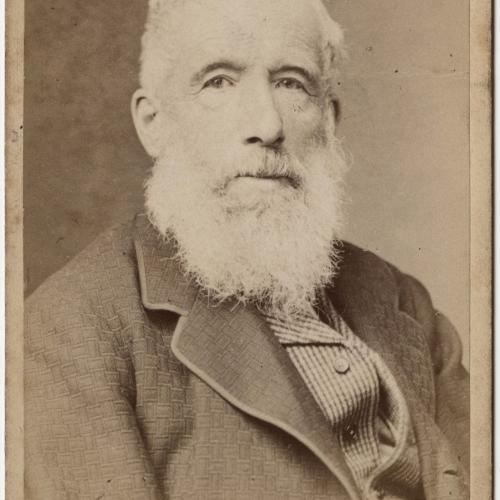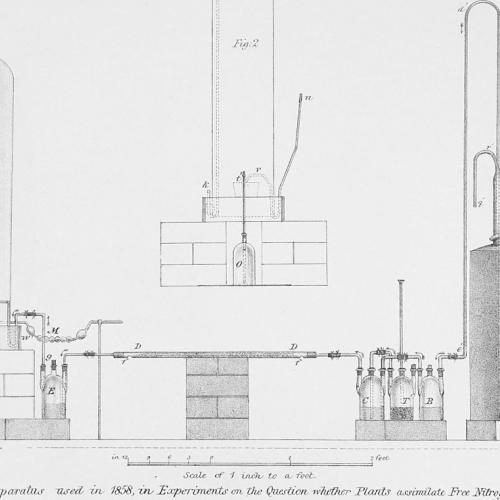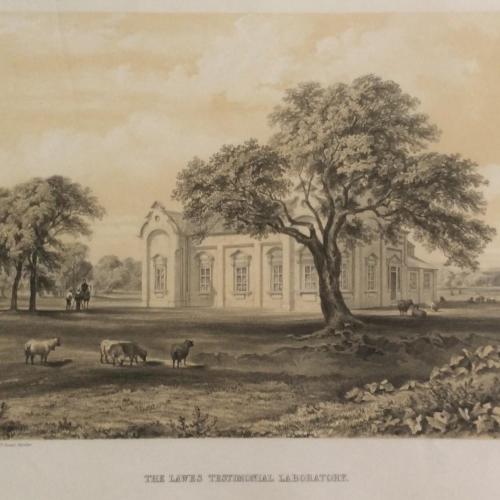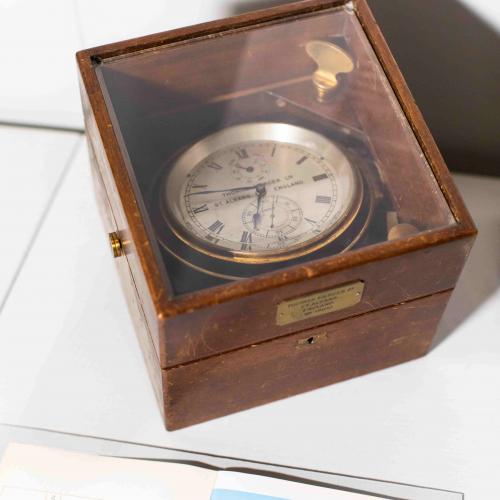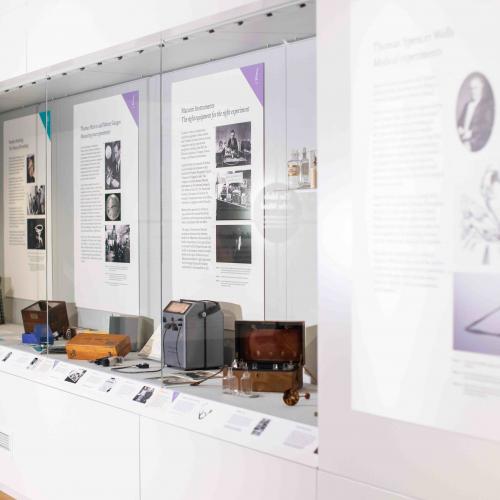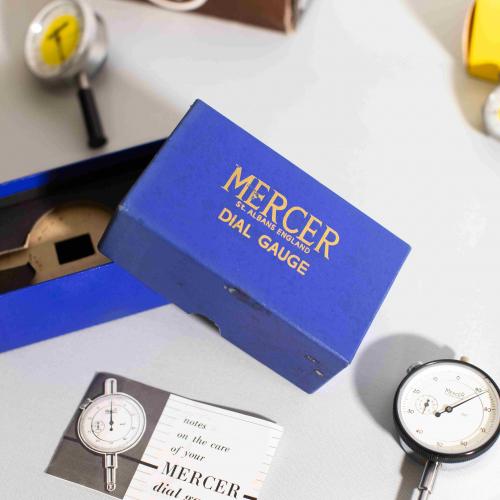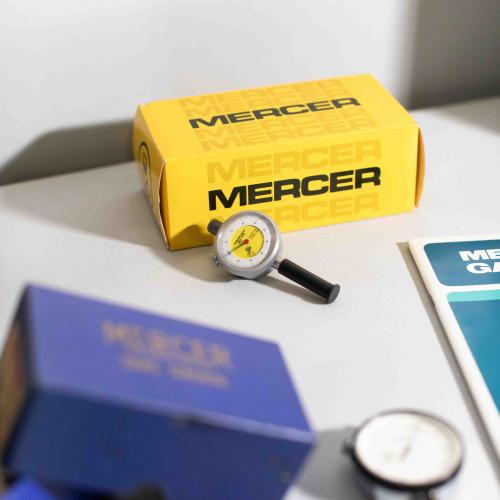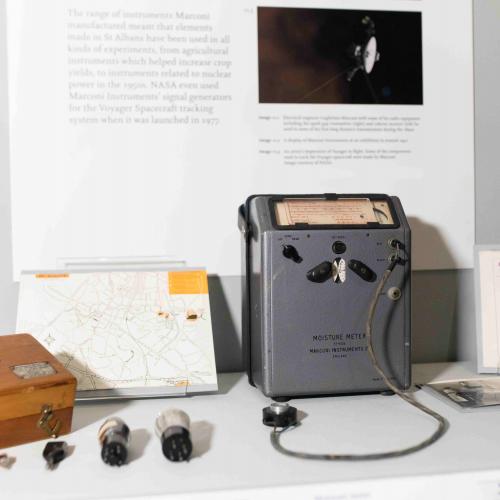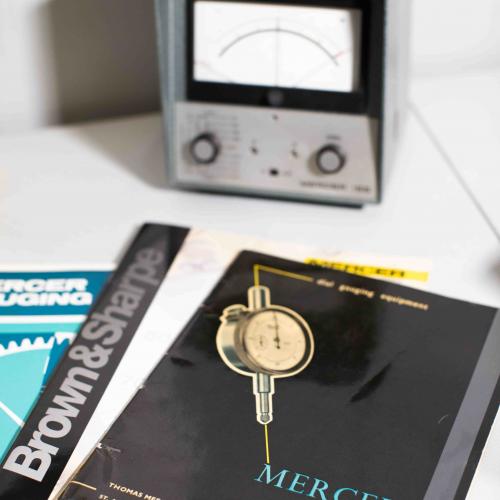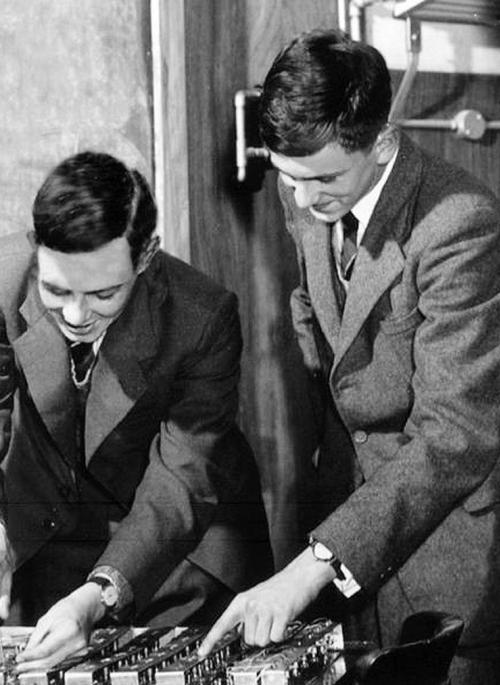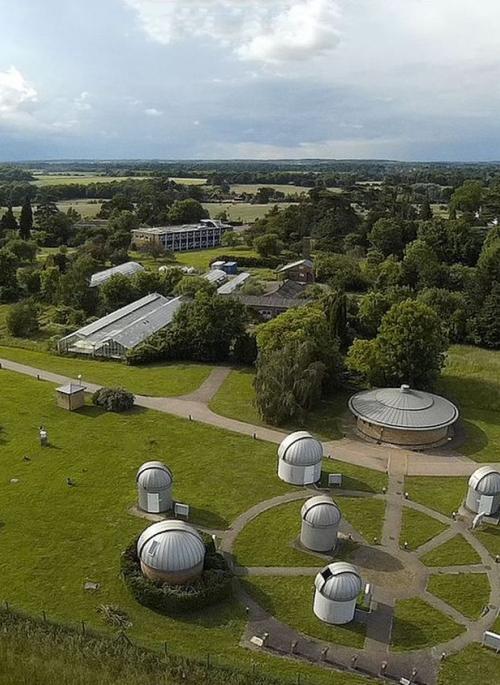Scientific tests are a crucial step in the scientific process. They allow us to develop new methods in a variety of fields including medicine, transport, and agriculture.
Thomas Mercer and Mercer Gauges: Measuring your experiments
In 1856, horologist, or clockmaker, Thomas Mercer opened a workshop in London’s Clerkenwell, making marine chronometers. These instruments were used in scientific experiments, navigation and astronomical observations. Exact timekeeping is important for accurate navigation and Mercer won medals at international trade shows for the precision of his chronometers.
In 1874 Mercer opened a factory in St Albans on Prospect Road. As the business expanded, it moved to Eywood Road near the current St Albans Abbey railway station. It was here in St Albans that Mercer moved into the market for dial indicators and gauges; very accurate measuring equipment used in the development of all kinds of machines from cars and aeroplanes to refrigerators and washing machines. They can also be used in, more complicated experiments. Their big advantage is being able to take accurate measurements at high speed.
By the 1970s, Mercer employed around 200 people in St Albans, most of whom lived within a 15-mile radius of the city. Many developed highly technical skills working with tiny electronic parts, early computer programming and precision machining. The St Albans factory closed in 1982.
Marconi Instruments: The right equipment for the right experiment
In order to carry out experiments, specialist equipment is often needed, and St Albans has been home to several companies making experimental equipment including John Bull; the Electrical Apparatus Company; Mercer Gauges and Marconi Instruments.
Guglielmo Marconi, inventor of the first successful radio transmission system, founded the Wireless Telegraph & Signal Company in England in 1897. This company eventually became Marconi Instruments, an international company with offices in the UK, USA, France and Germany. For much of its history, the company’s headquarters were in St Albans with sites on Longacres and in Fleetville.
Marconi first opened in St Albans in 1939, ahead of the Second World War. Instruments and components made here were a crucial part of the war effort.
The range of instruments Marconi manufactured meant that elements made in St Albans have been used in all kinds of experiments, from agricultural instruments which helped increase crop yields, to instruments related to nuclear power in the 1950s. NASA even used Marconi Instruments’ signal generators for the Voyager Spacecraft tracking system when it was launched in 1977.
Thomas Spencer Wells: Medical experiments
Queen Victoria’s surgeon, Sir Thomas Spencer Wells, was born in St Albans in 1818 and attended St Albans School.
Wells served as a military surgeon during the Crimean War, where he discovered that despite the medical thinking at the time, not all abdominal wounds were fatal. This experience gave him the confidence to continue experimenting in abdominal surgery when he returned to England and he became an expert in obstetrics (pregnancy and child birth) and conducted the first successful surgical removal of ovaries.
Some of Wells’ discoveries, along with many other scientific findings throughout history, actually came from mistakes. Wells’ first successful spleen removal happened during an operation when he was supposed to be removing an ovary and the spleen was damaged by mistake.
Through his experience as a military surgeon, Wells was also one of the earliest surgeons to use anaesthetics in operations to help with pain relief. He was made a Baron in 1883 for ‘services to medicine and humanity’.
Vickers Experimental Tank: Accuracy to the last detail
In 1913 the Vickers Experimental Tank opened at 222 London Road (next to the railway bridge). The tank was created to test the designs of submarines, ships and seaplanes, so it had to be large enough to fit the five to six-metre-long models it was testing. When it needed refilling, the St Albans Waterworks Company had to provide 600,000 gallons of water.
The tank suffered severe bomb damage during the Second World War, but it was quickly repaired, and testing continued. In 1952, the tanks were extended by the company’s Superintendent David Moor to its final length of 135 metres. Moor also oversaw the installation of a new overhead carriage and a wave-maker machine.
During the 72 years the tank was in operation, more than 2000 models were tested there, from prototype submarines to the Royal Yacht. Each model was crafted in wax and towed from an overhead gantry to test how the real full-size hulls would cope with conditions in open water.
John Bennet Lawes: From fertiliser to the Royal Society
John Bennet Lawes was an agricultural scientist and the founder of Rothamsted Experimental Station, the oldest agricultural research facility in the world.
Lawes was born at Rothamsted in Harpenden in 1814. After leaving university without a degree, he began to carry out experiments on the effects of manure on plants. In 1842, he patented a manure made from mineral phosphates treated with sulphuric acid. This led to the first fertilizer factory at Bow in London and to a collaboration with chemist Joseph Henry Gilbert. This partnership lasted for more than fifty years, leading to detailed experimentation to improve raising crops and feeding animals. These became known as the ‘classical experiments’ and they continue to this day over 170 years later.
Lawes was honoured in 1854 and became a Fellow of the Royal Society. In 1889, he formed the ‘Lawes Agricultural Trust’ which included his laboratory, the experimental fields and the sum of £100,000 to ensure the continuation of his work. The site became known as the Rothamsted Experimental Station, which continues to this day as Rothamsted Research.
